间充质干细胞联合免疫抑制剂对肝移植大鼠模型免疫排斥的影响
DOI: 10.12449/JCH240622
Effect of mesenchymal stem cells combined with immunosuppressants on immune rejection in a rat model of liver transplantation
-
摘要:
目的 探讨间充质干细胞(MSC)联合免疫抑制剂(IS)对肝移植大鼠模型免疫排斥反应的影响。 方法 将F344大鼠分成5组:Normal组(不进行任何干预)、PS组(注射等量生理盐水)、MSC组(注射MSC)、IS组(注射IS)、MSC+IS组(注射MSC和IS),每组8只。除Normal组以外,各组均采用Kamada双袖套法不重建肝动脉建立原位肝移植模型。大鼠肝组织进行HE染色、Masson染色并进行纤维化程度统计,免疫组化实验检测T淋巴细胞和NK细胞浸润情况,免疫荧光实验分析巨噬细胞M2极化情况。计量资料多组间比较采用单因素方差分析,进一步两两比较采用LSD-t检验。Kaplan-Meier法绘制生存曲线,生存分析采用Log-rank检验。 结果 与PS组相比,MSC+IS组生存期显著延长(P<0.01),MSC组、IS组和MSC+IS组的肝组织结构明显改善,纤维化程度显著降低(P值均<0.000 1),NK细胞和T淋巴细胞浸润数量显著减少(P值均<0.000 1),巨噬细胞M2极化程度显著增加(P值均<0.000 1),提示MSC+IS组的疗效显著优于MSC组和IS组。 结论 MSC联合IS可以改善大鼠肝移植术后肝组织病理,降低炎性细胞浸润,促进巨噬细胞M2极化,起免疫抑制作用。 Abstract:Objective To investigate the effect of mesenchymal stem cells (MSCs) combined with immunosuppressants (IS) on immune rejection in a rat model of liver transplantation. Methods F344 rats were divided into Normal group (without any intervention), PS group (injected with an equal volume of normal saline), MSC group (injected with MSC), IS group (injected with IS), and MSC+IS group (injected with MSC and IS), with 8 rats in each group. For all rats except those in the Normal group, the Kamada’s double-cuff method was used to establish a model of orthotopic liver transplantation, without reconstruction of the hepatic artery. HE staining and Masson staining were performed for rat liver tissue, and the degree of liver fibrosis was analyzed; immunohistochemical experiments were used to measure the infiltration of T cells and NK cells, and immunofluorescence assay was used to analyze macrophage M2 polarization. A one-way analysis of variance was used for comparison of continuous data between multiple groups, and the least significant difference t-test was used for further comparison between two groups. The Kaplan-Meier method was used to plot survival curves, and the log-rank test was used for survival analysis. Results Compared with the PS group, the MSC+IS group had a significantly prolonged survival time (P<0.01), and the MSC group, the IS group, and the MSC+IS group had a significant improvement in the histological structure of the liver and a significant reduction in the degree of liver fibrosis (all P<0.000 1), as well as a significant reduction in the infiltration of NK and T cells (all P<0.000 1) and a significant increase in the degree of macrophage M2 polarization (all P<0.000 1). The MSC+IS group had a significantly better effect than the MSC group and the IS group. Conclusion MSCs combined with IS can improve liver histopathology, reduce inflammatory cell infiltration, promote macrophage M2 polarization, and exert an immunosuppressive effect in rats after liver transplantation. -
Key words:
- Liver Transplantation /
- Mesenchymal Stem Cells /
- Graft Rejection
-
肝移植是治疗终末期肝病的有效疗法,免疫排斥是限制肝移植发展的重要因素[1-2]。肝移植术后常用的免疫抑制剂(immunosuppressive,IS)包括:钙调磷酸酶抑制剂、霉酚酸酯、雷帕霉素、糖皮质激素等,长期使用这些药物存在较多不良反应[3-5]。因此,肝移植术后免疫抑制治疗的研究方向是寻找新型药物,在抑制免疫排斥和降低IS毒副作用之间取得平衡。
间充质干细胞(mesenchymal stem cells,MSC)是一种具有自我更新能力和多向分化潜能的多能干细胞,具有抗炎、抗氧化、抗凋亡、调节免疫等作用,被认为是肝病治疗的理想药物[6-9]。本研究建立原位肝移植大鼠模型,探讨单用MSC、单用IS、MSC联合IS抑制大鼠肝移植免疫排斥反应的效果,为进一步研究MSC在大鼠肝移植中的应用奠定基础。
1. 材料与方法
1.1 实验动物
3周龄清洁级雄性F344大鼠,体质量50~70 g,用来提取MSC;8周龄清洁级雄性F344大鼠,体质量260~270 g,为肝移植供体;8周龄清洁级雄性Lewis大鼠,体质量275~285 g,为肝移植受体。以上实验动物均购自北京维通利华实验动物技术有限公司,实验动物生产许可证编号:SCXK(京)2019-0008,实验动物使用许可证编号:SYXK(闽)2022-0003。
1.2 实验试剂
α-MEM培养基(美国Hyclone公司);胎牛血清(美国Gibco公司);双抗(美国Gibco公司);0.25%胰酶(美国Gibco公司);苏木素伊红(HE)染色试剂盒(北京索莱宝公司);Masson三色染色试剂盒(北京索莱宝公司);CD3抗体(武汉赛维尔公司);CD56抗体(武汉赛维尔公司)。
1.3 实验方法
1.3.1 MSC的体外分离、培养和鉴定
将3周龄F344大鼠处死,无菌分离双下肢骨,用α-MEM培养基反复冲洗骨髓腔,移入培养瓶中,置于37 ℃、5% CO2恒温培养箱培养。2 h后吸取上清,继续培养,去除快速贴壁细胞。24 h后更换培养基,去除不贴壁细胞。以后每隔2 d更换培养基,直至细胞融合度达到90%,用0.25%胰酶消化,传代培养。后续实验均使用P3代细胞。
将P3代细胞消化、重悬,PBS清洗2次,使用5%BSA孵育20 min,PBS清洗2次,分别加入含CD44、CD105、CD34、CD31的0.5% BSA,室温避光孵育30 min,PBS清洗2次,上机检测。
1.3.2 大鼠肝移植模型建立与分组
采用Kamada双袖套法,不重建肝动脉[10]。F344大鼠为供体,Lewis大鼠为受体,其中供体体质量略小于受体。各组手术无肝期为13~15 min,总时间为100~120 min,差异无统计学意义。术后大鼠单笼喂养,自由饮水、进食。
实验分为5组,每组8只大鼠。Normal组:正常大鼠,即不进行任何干预的正常大鼠;其余组均进行大鼠原位肝移植,PS组注射生理盐水;MSC组注射MSC(分别在术前7 d、手术当天、术后7 d、术后15 d注射,每次每只大鼠注射3×106 MSC);IS组注射IS(氢化可的松0.75 mg·kg-1·d-1、环孢霉素1 mg·kg-1·d-1),MSC+IS组注射MSC和IS。
1.3.3 病理切片染色
取肝移植术后15 d肝组织,用4%多聚甲醛室温固定24 h,石蜡包埋,切片。分别使用苏木素伊红(HE)染色试剂盒和Masson染色试剂盒染色,封片镜检。Masson染色结果使用Image J软件量化。
1.3.4 免疫组化
取肝移植术后15 d肝组织,用4%多聚甲醛室温固定24 h,石蜡包埋,切片。切片常规脱蜡至水,EDTA抗原修复,3%的双氧水处理,血清封闭,一抗4 ℃过夜孵育,二抗室温孵育30 min,DAB显色,苏木素染核,封片镜检,阳性细胞数使用Image J软件量化。
1.3.5 免疫荧光
取肝移植术后15 d肝组织,用4%多聚甲醛室温固定24 h,石蜡包埋,切片。切片常规脱蜡至水,EDTA抗原修复,血清封闭,一抗4 ℃过夜孵育,二抗室温孵育2 h,DAPI染核,封片镜检,共定位细胞占比使用Image J软件量化。
1.4 统计学方法
采用GraphPad Prism 9.5进行数据分析。计量资料多组间比较采用单因素方差分析,进一步两两比较采用LSD-t检验。Kaplan-Meier法绘制生存曲线,生存分析采用Log-rank检验。P<0.05为差异有统计学意义。
2. 结果
2.1 MSC的鉴定
原代培养2 d时细胞呈梭形,细胞轮廓清晰(图1)。原代培养10 d左右细胞融合度达到90%,传代后生长良好,杂细胞减少。利用流式细胞仪检测MSC的表面标志物,结果显示P3代细胞的纯度高,细胞表面抗原CD44、CD105、CD34、CD31的阳性率分别为97.7%、94.3%、2.02%、1.55%(图2)。
2.2 生存分析
每组各留5只大鼠观察生存期,共观察60 d。其中Normal组无死亡,PS组在术后20 d之内全部死亡,MSC组和IS组在观察结束时均存活2只,MSC+IS组在观察结束时仅1只死亡(图3)。与Normal组相比,PS组大鼠生存期显著缩短(P<0.001)。与PS组相比,MSC+IS组大鼠生存期显著延长(P<0.05)。其余组别之间均无统计学差异(P值均>0.05)。
2.3 各组大鼠肝组织病理学检查结果的比较
肝移植术后第15天,各组大鼠均发生不同程度的排斥反应。HE染色结果(图4)显示:PS组汇管区大量炎症细胞浸润,肝窦结构紊乱,静脉内皮炎症明显,大部分胆管结构不完整,炎症累及周围肝实质;MSC组和IS组部分汇管区可见炎症细胞浸润;MSC+IS组几乎没有汇管区存在炎症细胞浸润,其肝组织结构接近于Noraml组。4组相比较,PS组排斥反应程度最高,MSC组和IS组程度相似,MSC+IS组排斥程度最低。根据Masson染色结果(图4、5)可知:PS组纤维化程度最高(15.46±0.79)%,MSC+IS组程度最低(3.60±0.54)%。与Normal组相比,PS组纤维化程度显著升高(P<0.000 1)。与PS组相比,MSC组、IS组和MSC+IS组纤维化程度均显著降低(P值均<0.000 1)。MSC+IS组纤维化程度显著低于MSC组和IS组(P值均<0.000 1)。
2.4 各组大鼠肝组织T淋巴细胞和NK细胞浸润情况
选择CD56和CD3两个指标进行免疫组化染色,观察大鼠肝组织T淋巴细胞和NK细胞的浸润情况。T淋巴细胞和NK细胞都主要分布在汇管区,个别T淋巴细胞浸润到肝实质(图6a)。统计结果如图所示(图6b、c),PS组中T淋巴细胞和NK细胞浸润最严重,MSC+IS组浸润程度最低。与Normal组相比,PS组T淋巴细胞和NK细胞浸润程度显著升高(P<0.000 1)。与PS组相比,MSC组、IS组和MSC+IS组T淋巴细胞与NK细胞浸润程度显著降低(P值均<0.000 1)。
2.5 各组大鼠肝组织巨噬细胞M2极化情况
CD68(巨噬细胞标志物)和CD163(巨噬细胞M2极化相关标志物)双重免疫荧光染色结果显示,与Normal组相比,PS组中CD68和CD163共定位细胞数占比显著降低(P<0.05);与PS组相比,MSC组、IS组和MSC+IS组中共定位占比显著增加(P值均<0.000 1),且MSC+IS组与MSC组及IS组相比差异均有统计学意义(P值均<0.000 1)(图7、8)。
3. 讨论
MSC是一类多能干细胞,具有多向分化潜能和免疫调节作用。其表面低表达组织相容性复合物,具有低免疫原性,不刺激体内免疫反应[8]。多项体内、体外实验[11-13]均表明,MSC可向肝细胞分化,修复受损肝组织,降低炎症反应。本研究同样证实了MSC具有免疫调节作用,其抑制大鼠肝移植免疫排斥反应能力与IS相当,但不论是MSC还是IS均未达到最理想疗效。
免疫排斥反应是肝移植术后常见的病理生理过程,是导致肝移植失败的重要原因[14]。目前,尚无统一的肝移植术后IS治疗标准,多采用以钙调磷酸酶抑制剂为基础,联合其他药物的免疫抑制方案。常用的三联免疫抑制方案为钙调磷酸酶抑制剂+霉酚酸酯+糖皮质激素,常用的二联免疫抑制方案为钙调磷酸酶抑制剂+霉酚酸酯/糖皮质激素[3]。由于IS的毒副作用,针对特殊肝移植受者,如:肾功能损伤、糖尿病、高血压等,常规二联和三联免疫抑制方案的使用受限,现有IS方案已不能满足临床需求[15-16]。
本研究通过构建原位肝移植大鼠模型,注射MSC和IS,观察MSC联合IS抑制免疫排斥的能力。结果显示:与MSC组和IS组相比,MSC+IS组术后15 d肝组织炎症细胞浸润明显少于MSC组和IS组,肝小叶结构完整,基本接近于Normal组。且MSC+IS组降低大鼠肝移植引起的纤维化程度的能力也比MSC组和IS组强。免疫组化进一步分析肝组织炎症细胞浸润情况,结果发现:PS组可见大量T淋巴细胞和NK细胞浸润,MSC组和IS组的浸润明显减少,MSC+IS组仅见少量T淋巴细胞和NK细胞浸润。巨噬细胞M2极化可抑制免疫反应,因此,在肝移植术后增加巨噬细胞M2极化有助于抑制免疫反应,本研究免疫荧光实验也表明,MSC+IS组可以显著增加巨噬细胞M2极化,抑制免疫反应。
综上所述,MSC联合IS可以抑制大鼠原位肝移植免疫排斥反应。
-
-
[1] NEUBERGER J. Developments in liver transplantation[J]. Gut, 2004, 53( 5): 759- 768. DOI: 10.1136/gut.2003.024927. [2] HONG SK, HAN D, LEE SK, et al. Short-term therapy with anti-ICAM-1 monoclonal antibody induced long-term liver allograft survival in nonhuman Primates[J]. Am J Transplant, 2021, 21( 9): 2978- 2991. DOI: 10.1111/ajt.16486. [3] Branch of Organ Tansplantation of Chinese Medical Association. Diagnosis and treatment specification for immunosuppressive therapy and rejection of liver transplantation in China(2019 edition)[J]. Organ Transplant, 2021, 12( 1): 8- 14, 28. DOI: 10.3969/j.issn.1674-7445.2021.01.002.中华医学会器官移植学分会. 中国肝移植免疫抑制治疗与排斥反应诊疗规范(2019版)[J]. 器官移植, 2021, 12( 1): 8- 14, 28. DOI: 10.3969/j.issn.1674-7445.2021.01.002. [4] TAN PS, MUTHIAH MD, KOH T, et al. Asian liver transplant network clinical guidelines on immunosuppression in liver transplantation[J]. Transplantation, 2019, 103( 3): 470- 480. DOI: 10.1097/TP.0000000000002532. [5] DI MAIRA T, LITTLE EC, BERENGUER M. Immunosuppression in liver transplant[J]. Best Pract Res Clin Gastroenterol, 2020, 46-47: 101681. DOI: 10.1016/j.bpg.2020.101681. [6] ZHAO L, CHEN SQ, SHI XW, et al. A pooled analysis of mesenchymal stem cell-based therapy for liver disease[J]. Stem Cell Res Ther, 2018, 9( 1): 72. DOI: 10.1186/s13287-018-0816-2. [7] DOMINICI M, LE BLANC K, MUELLER I, et al. Minimal criteria for defining multipotent mesenchymal stromal cells. The International Society for Cellular Therapy position statement[J]. Cytotherapy, 2006, 8( 4): 315- 317. DOI: 10.1080/14653240600855905. [8] LU XF, GUO HJ, WEI XY, et al. Current status and prospect of delivery vehicle based on mesenchymal stem cell-derived exosomes in liver diseases[J]. Int J Nanomedicine, 2023, 18: 2873- 2890. DOI: 10.2147/IJN.S404925. [9] LI HT, YU SH, CHEN LH, et al. Immunomodulatory role of mesenchymal stem cells in liver transplantation: Status and prospects[J]. Dig Dis Basel Switz, 2024, 42( 1): 41- 52. DOI: 10.1159/000534003. [10] KAMADA N, CALNE RY. Orthotopic liver transplantation in the rat[J]. Transplantation, 1979, 28( 1): 47- 50. DOI: 10.1097/00007890-197907000-00011. [11] CEN YL, LOU GH, QI JJ, et al. Adipose-derived mesenchymal stem cells inhibit JNK-mediated mitochondrial retrograde pathway to alleviate acetaminophen-induced liver injury[J]. Antioxidants, 2023, 12( 1): 158. DOI: 10.3390/antiox12010158. [12] ZHOU Q, RONG C, GU TF, et al. Mesenchymal stem cells improve liver fibrosis and protect hepatocytes by promoting microRNA-148a-5p-mediated inhibition of Notch signaling pathway[J]. Stem Cell Res Ther, 2022, 13( 1): 354. DOI: 10.1186/s13287-022-03030-8. [13] TIAN SY, ZHOU X, ZHANG M, et al. Mesenchymal stem cell-derived exosomes protect against liver fibrosis via delivering miR-148a to target KLF6/STAT3 pathway in macrophages[J]. Stem Cell Res Ther, 2022, 13( 1): 330. DOI: 10.1186/s13287-022-03010-y. [14] MONTANO-LOZA AJ, RODRÍGUEZ-PERÁLVAREZ ML, PAGEAUX GP, et al. Liver transplantation immunology: Immunosuppression, rejection, and immunomodulation[J]. J Hepatol, 2023, 78( 6): 1199- 1215. DOI: 10.1016/j.jhep.2023.01.030. [15] D'ELIA JA, WEINRAUCH LA. Hyperglycemia and hyperlipidemia with kidney or liver transplantation: A review[J]. Biology, 2023, 12( 9): 1185. DOI: 10.3390/biology12091185. [16] NORÉN Å, OLTEAN M, FRIMAN S, et al. Liver graft proteomics reveals potential incipient mechanisms behind early renal dysfunction after liver transplantation[J]. Int J Mol Sci, 2022, 23( 19): 11929. DOI: 10.3390/ijms231911929. 期刊类型引用(1)
1. 张薇,张庆容,马茂林,冷强华,韩飞. 小鼠心脏移植慢性排斥反应模型的建立和分析. 器官移植. 2025(01): 99-105 .  百度学术
百度学术其他类型引用(0)
-




 PDF下载 ( 7108 KB)
PDF下载 ( 7108 KB)


 下载:
下载:







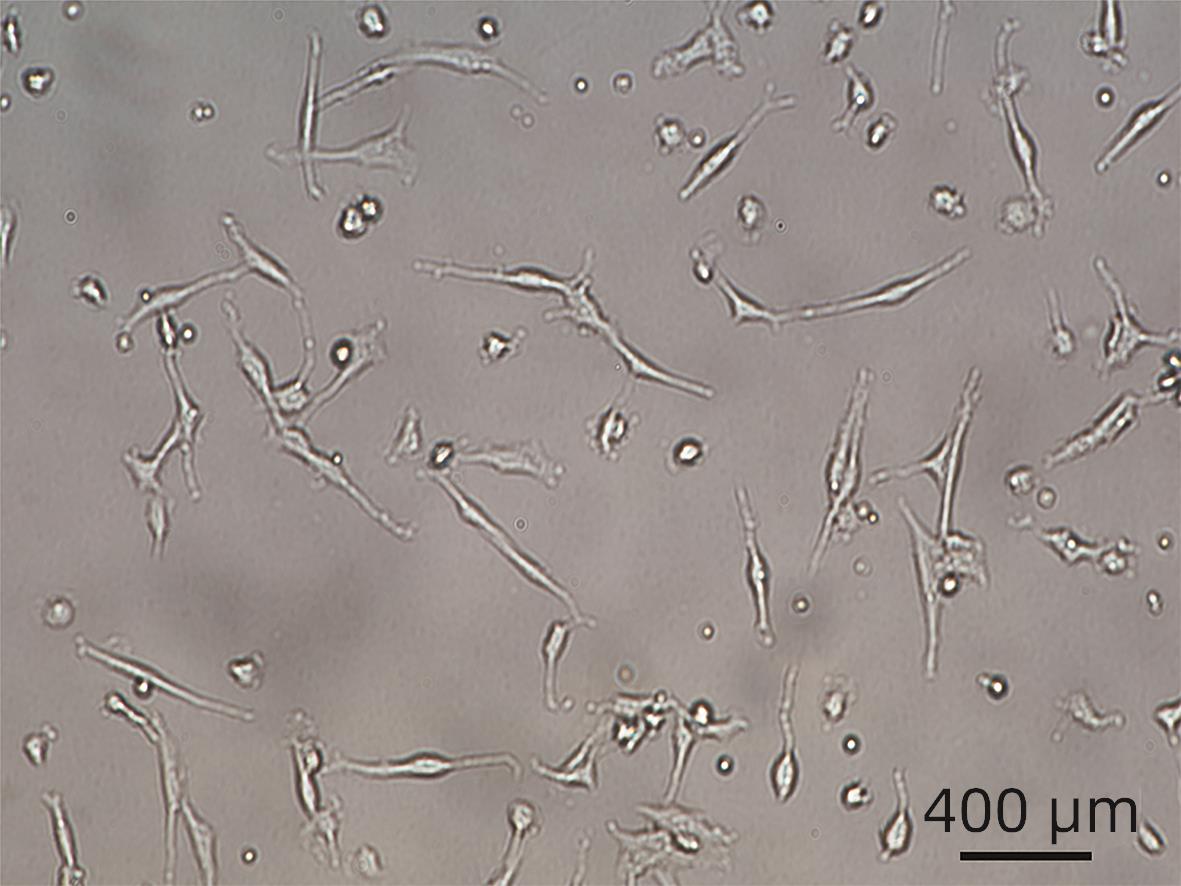
 下载:
下载:
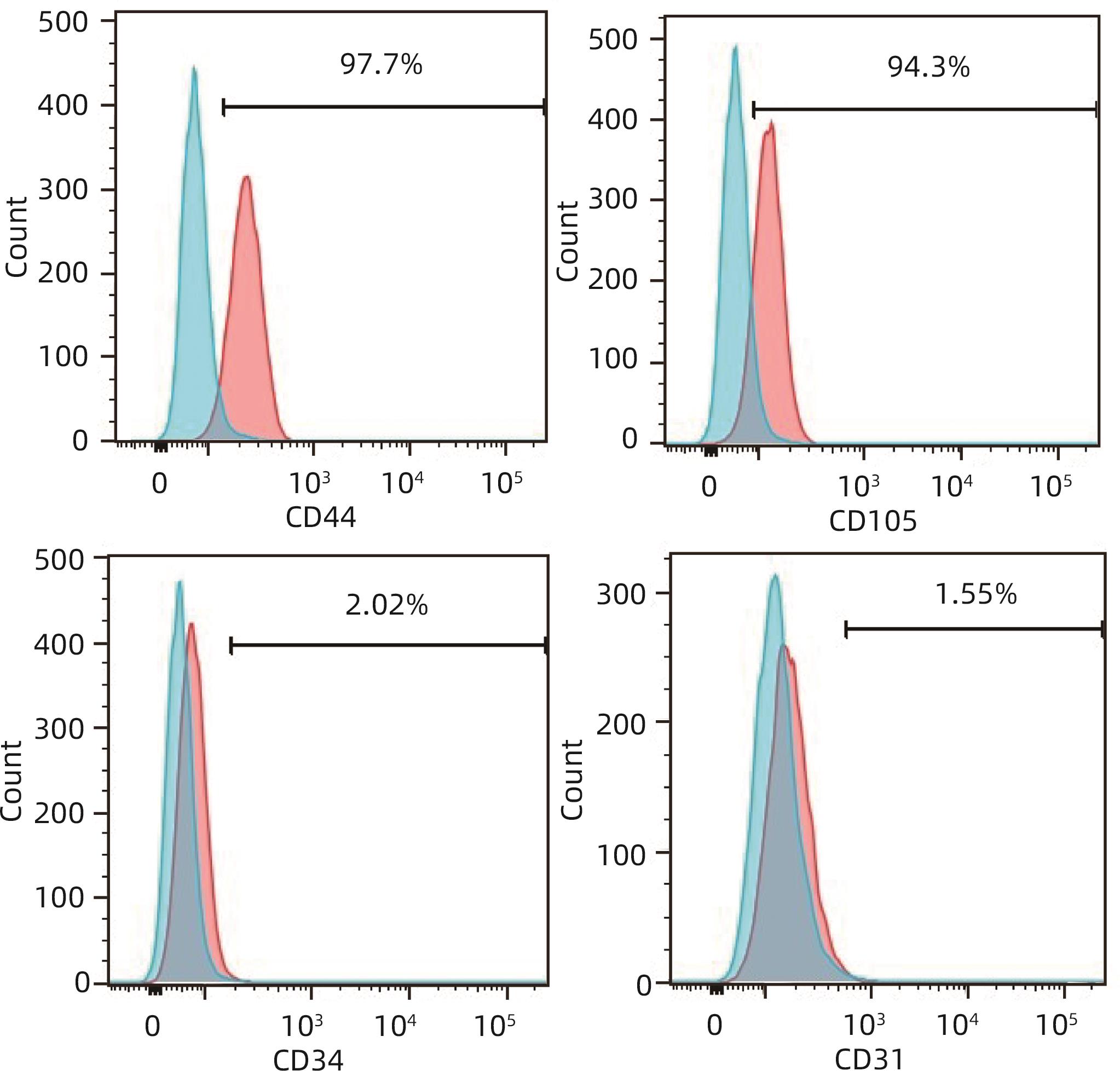
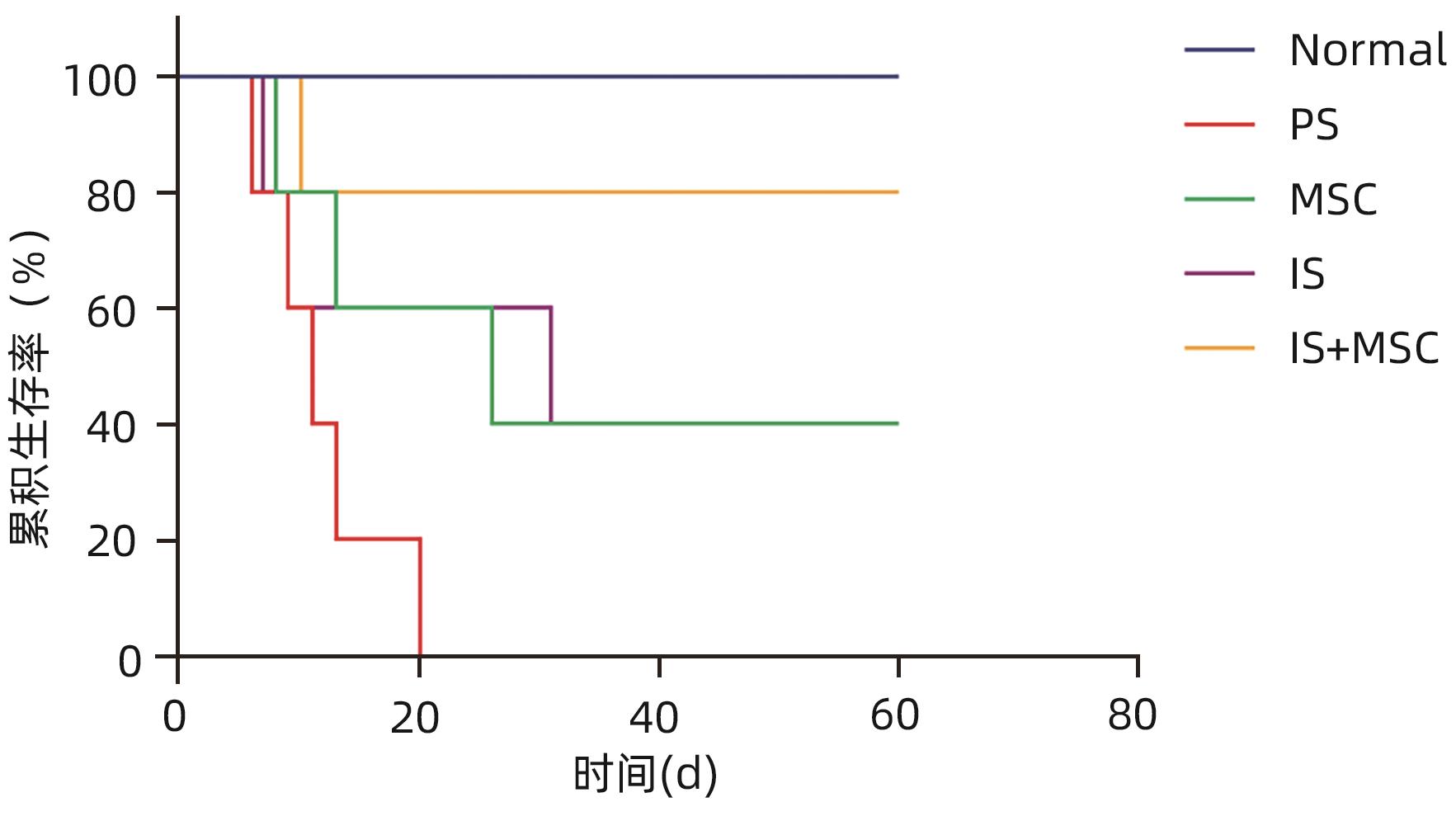

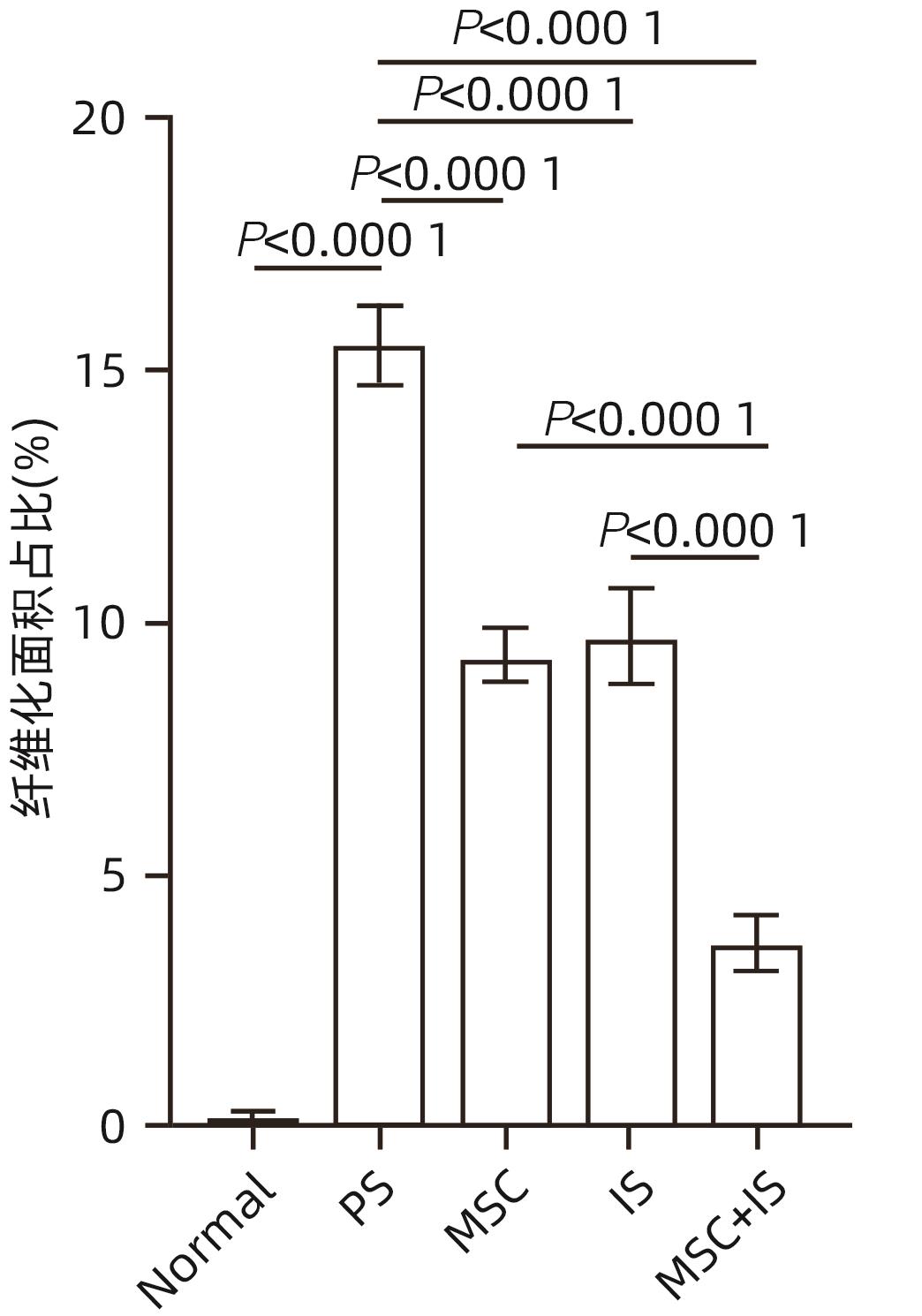
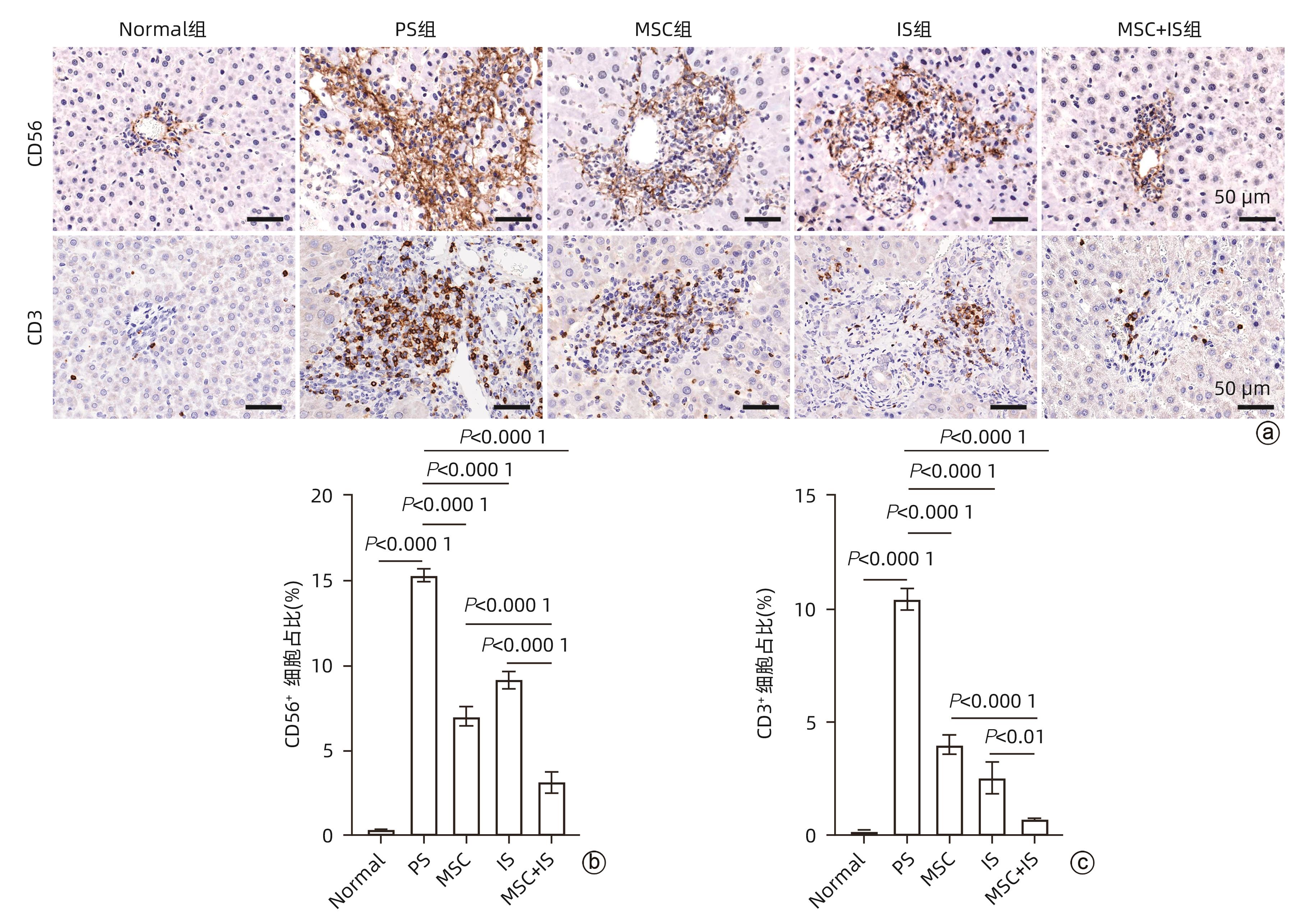

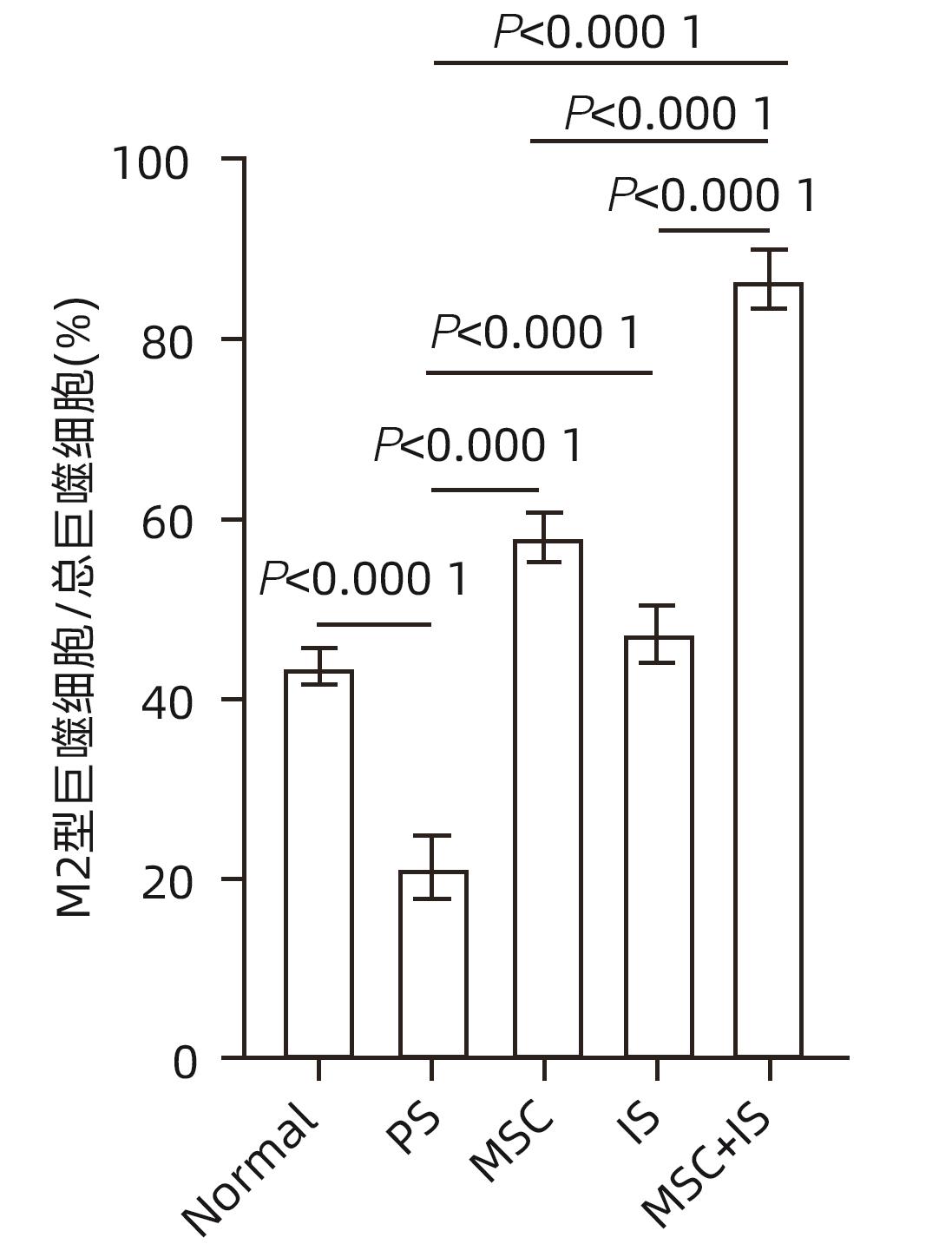
 百度学术
百度学术









